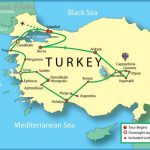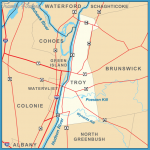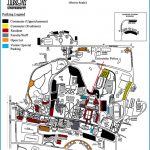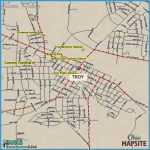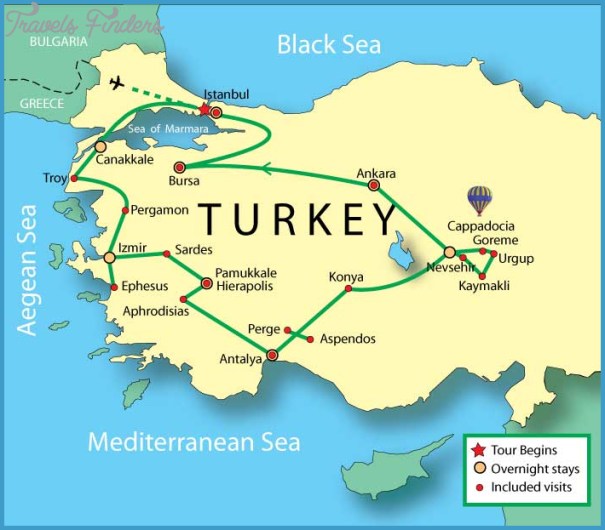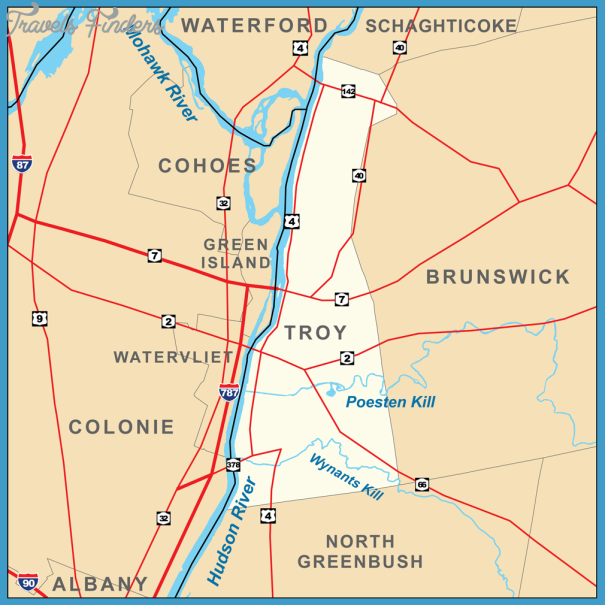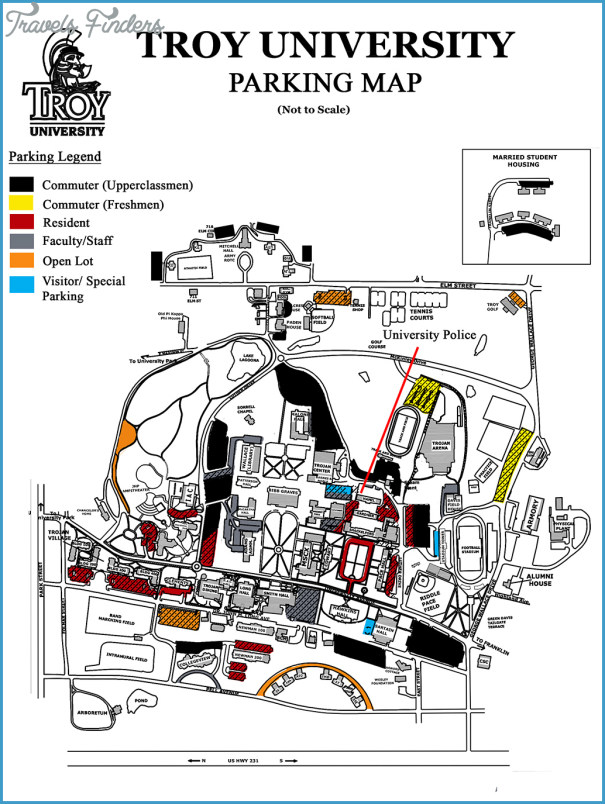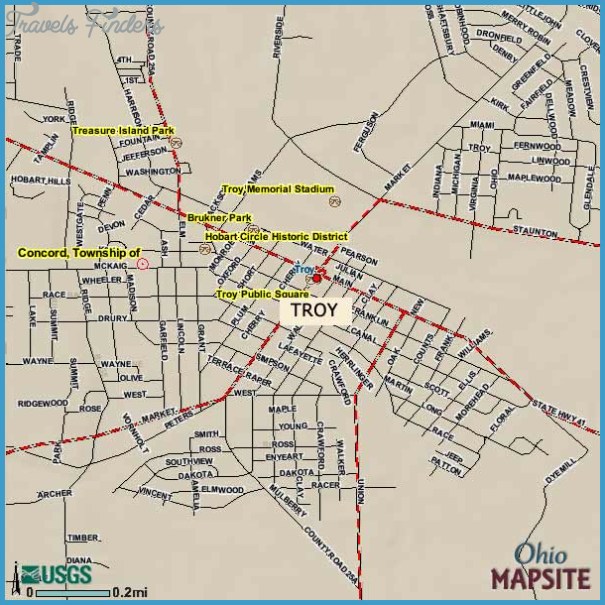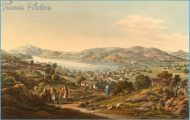Troy is situated off the E87 southwest of ^annakale in a gated compound amid flat wheat fields. From the car park the path leads past the old dig house before forking to a vantage point. Steps lead down to the fine city walls and eastern gate. From here the designated walkway climbs to the Temple of Athene with its Roman altar and good views towards the Dardanelles. After traces of early walls and houses, the path skirts Schliemann’s trench before reaching the magnificent ramp into the citadel of Troy II and a stretch of city walls from Troy VI. Beyond is a sanctuary. The track now curves back past the Roman Odeon and Bouleuterion, between which is a narrow towered gateway fronted by altars, identified as Homer’s Scaean Gates. The Lower City lies beneath wooded terrain, from which can be seen the tumulus known as the Grave Mound of Achilles. At the time of writing, plans are afoot for an Eco Park, which will integrate the site more sympathetically with the surrounding countryside.
Troy Map Photo Gallery
Some finds from Troy are housed in Istanbul’s Archaeological Museum. Others, including the ‘Jewels of Helen’, enjoyed a peculiar and very modern adventure. Taken by Schliemann to Germany, they were kept in the Royal Museums in Berlin until the Second World War, when they were hidden for safe keeping in vaults beneath Berlin’s zoo. At the end of the war they disappeared, but in 1993 it was revealed that the Red Army had spirited them to Russia, where they can now be seen in Moscow’s Pushkin Museum.
Ithaca & the Wanderings of Odysseus
I am Odysseus, the son of Laertes, known to all men for my cunning, and my fame has reached the skies. I come from clear-seen Ithaca. There, on the island, is a mountain, Neriton, with rustling trees, quite visible even from far-off. Nearby are many other islands, all close to each other: Dulichium and Same and forested Zacynthus. Ithaca itself is generally low-lying, the furthest out towards the sunset, while the others lie apart to the east, towards the rising sun. It is a rugged island, but a good nurse for young men.
Homer, Odyssey, 9.21f.
Lapping water; rigging slapping rhythmically against the tall masts of sleek yachts moored by the harbour wall; cafes; salt-blistered wooden tables draped with ochre cloths and crowned with crisp white linen; the clink of plates and cutlery; fine, solid houses freshly painted; pale blue walls and deep blue shutters; orange roof tiles gleaming in the noon-day sun; the town hall with its clock tower and its Greek flag dragging lazily in the warm breeze; the music drifting from the open doors of tourist shops: the seafront of Vathy, the capital of Ithaki, nestles in the arms of an idyllic bay embraced by gentle wooded hills.
A statue stands beside the sea, a ragged figure, hollow-cheeked, gazing out across the gulf towards Mount Niritos. He is Odysseus, exhausted from long voyages, exuding defiant confidence that at last he has found his home. But Ithaki and the Ithaca of Greek mythology may well be different places. The island’s location and topography bear arguably scant resemblance to the description in the Odyssey. The harbour restaurants of Vathy may offer fine havens for contemplation but, like Odysseus as he struggled with the foam-lashed sea, we too may have some way to go before we can be certain that we have truly reached his Ithaca.

